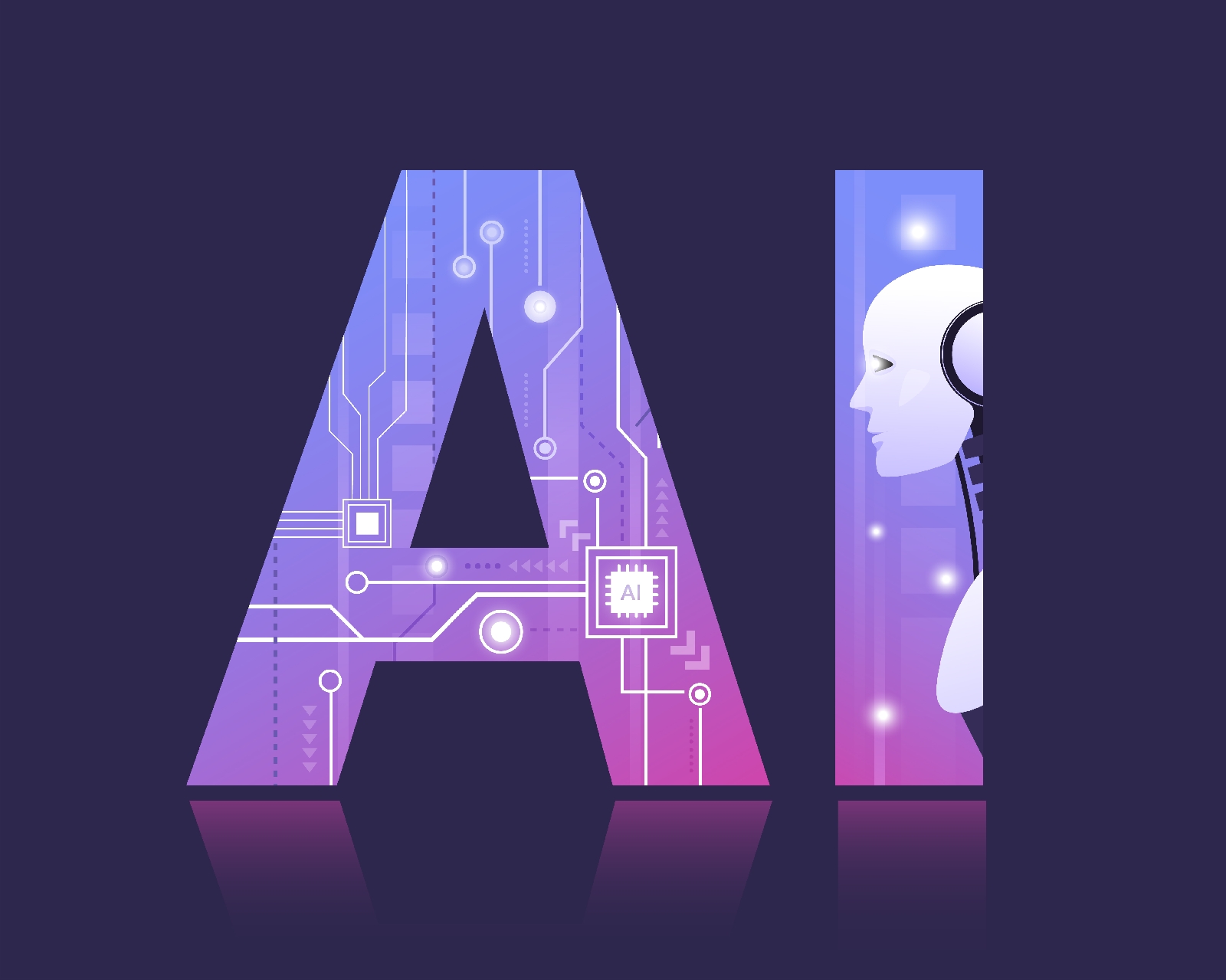1. Introduction
- Begin the article by introducing readers to the concept of Beta Character AI, a groundbreaking innovation in modern storytelling that combines artificial intelligence with character development. This approach brings a new level of interaction and depth to narratives.
2. Definition of Beta Character AI
- Define "beta character AI" in detail, emphasizing how it involves the creation of characters that can dynamically respond to user interactions and evolve over the course of the story. Mention that this technology is reshaping the way stories are told and experienced.
2 : The Evolution of Storytelling with Beta Character AI
1. The Traditional Narrative Approach
- Discuss the limitations of traditional storytelling methods that lack interactivity and personalized experiences. Highlight how "beta character AI" is challenging these limitations by allowing characters to engage with users in real-time.
2. Emergence of Beta Character AI
- Explain how "beta character AI" has emerged as a revolutionary approach, enabling characters to adapt their responses based on user input. This evolution in storytelling has opened doors to more engaging and interactive narratives.
3. Interactive Experiences
- Provide examples of interactive storytelling experiences enhanced by "beta character AI." Mention video games where player choices influence character development, creating a personalized journey that immerses players in the narrative.
3:The Mechanics of Beta Character AI
1. How Beta Character AI Works
- Dive into the mechanics behind "beta character AI," highlighting the integration of scripted character traits with AI-generated responses. Explain that this technology combines human creativity with AI's capacity to adapt and evolve.
2. Role of Authors and AI
- Describe how authors collaborate with AI in shaping character personalities. Mention that authors establish initial traits, while "beta character AI" dynamically generates responses that align with these traits, creating a seamless co-creation process.
4: Impact on User Engagement and Immersion
1. Enhanced User Engagement
- Discuss how "beta character AI" significantly enhances user engagement by allowing them to influence the storyline through their interactions. Highlight that users become active participants, influencing the story's progression.
2. Immersive Storytelling
- Explain how "beta character AI" blurs the lines between fiction and reality, making the narrative world more immersive. Mention that AI-driven characters can evoke emotions and create connections, further engaging readers.
5: Personalization and Choices in Beta Character AI
1. Personalization in Storytelling
- Stress the importance of personalized storytelling experiences and how "beta character AI" makes it possible. Elaborate on how user choices shape characters' responses and journey, offering readers a unique and tailored experience.
2. The Magic of Choice
- Discuss the allure of user choices in narratives, emphasizing how "beta character AI" amplifies their impact. Explain that the technology adds an element of unpredictability, making every reading or gaming experience different.
Certainly, here's the continuation of the explanations for the remaining outlines:
6: Challenges and Considerations
1. Consistency and Character Traits
- Address the challenge of maintaining character consistency in AI-generated responses. Explain how ensuring that AI responses align with established traits is crucial for preserving the authenticity of the characters in the narrative.
2. Ethical Considerations
- Explore the ethical considerations associated with "beta character AI." Discuss potential concerns about creating characters that can convincingly interact with users, touching on issues of transparency and user expectations.
7: Future Prospects and Innovations
1. Advancements in AI Technology
- Examine the potential advancements in AI technology related to "beta character AI." Highlight that future iterations might possess more sophisticated understanding of emotions, leading to even more lifelike and immersive interactions.
2. Collaborative Creativity
- Contemplate the future of storytelling as a collaborative venture between human authors and AI. Mention that as "beta character AI" evolves, storytellers will explore new narrative possibilities that seamlessly blend human creativity with AI-driven dynamics.
8: Case Studies and Real-World Examples
1. Successful Implementation in Games
- Showcase examples of video games that effectively utilize "beta character AI." Discuss how these games allow players to shape the story through their choices, demonstrating the potential of interactive storytelling.
2. AI-Driven Chatbots and Virtual Assistants
- Highlight the application of "beta character AI" beyond entertainment, such as in chatbots and virtual assistants. Mention instances where AI-driven characters simulate human-like interactions, enhancing user experience.
9: Conclusion and Reflections
1. The Changing Landscape of Storytelling
- Summarize the key points discussed in the article, underlining how "beta character AI" is reshaping the landscape of storytelling by introducing interactivity and personalization.
2. Reflections on the Future
- Conclude by reflecting on the future possibilities of storytelling with "beta character AI." Express optimism for a future where narratives become more immersive, dynamic, and collaborative due to the integration of AI technology.



0 Comments